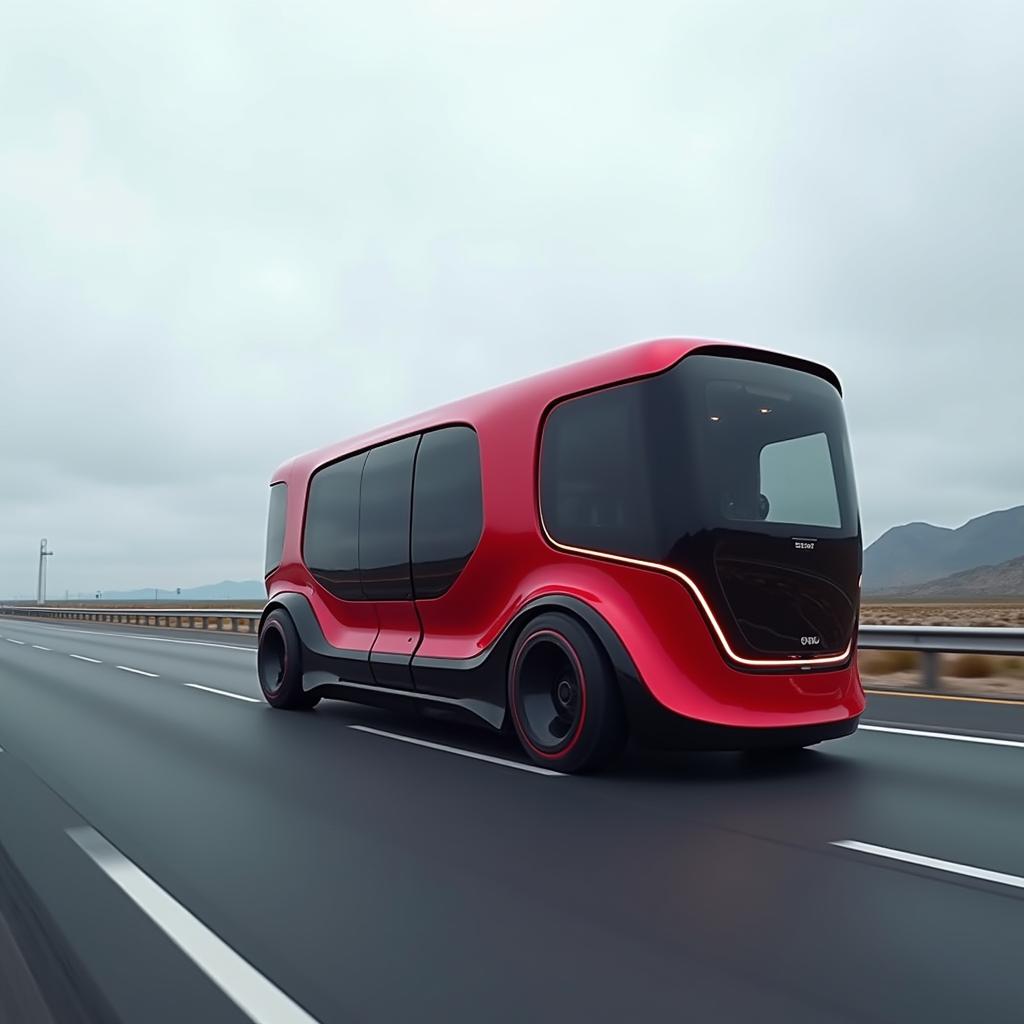How Autonomous Trucks Are Shaping the Future
The transportation industry stands at the cusp of a revolutionary transformation as autonomous trucks in American trucking begin to reshape the landscape of logistics and freight movement. From Silicon Valley startups to established automotive giants, companies are investing billions in developing self-driving technology that promises to make our roads safer, more efficient, and environmentally friendly. This technological leap forward isn’t just changing how goods move across the country; it’s redefining the entire trucking industry.
Understanding Autonomous Truck Technology
The foundation of autonomous trucks rests on a sophisticated combination of hardware and software systems. These vehicles utilize:
- LiDAR (Light Detection and Ranging) sensors
- Radar systems
- High-definition cameras
- Advanced GPS technology
- Artificial Intelligence and Machine Learning algorithms
These components work in harmony to create a comprehensive awareness of the vehicle’s surroundings. According to research from the U.S. Department of Transportation, this technology can process information faster than human drivers, potentially reducing accident rates by up to 90%.
Levels of Autonomy
The Society of Automotive Engineers (SAE) defines six levels of automation, from 0 to 5:
- Level 0: No automation
- Level 1: Driver assistance
- Level 2: Partial automation
- Level 3: Conditional automation
- Level 4: High automation
- Level 5: Full automation
Currently, most autonomous trucks operate at Level 2 or 3, with companies working diligently toward achieving Level 4 capabilities.
Benefits of Autonomous Trucking
Enhanced Safety
Safety remains the paramount concern in transportation, and autonomous trucks offer significant improvements in this area. Unlike human drivers, these systems don’t get tired, distracted, or emotional. They maintain constant vigilance and can react in milliseconds to dangerous situations.
Increased Efficiency
Self-driving trucks can operate for longer hours, optimizing delivery schedules and reducing idle time. They can:
- Maintain optimal speeds for fuel efficiency
- Choose the most efficient routes
- Reduce traffic congestion through coordinated movement
- Minimize unnecessary stops and delays
Economic Impact
The implementation of autonomous trucking technology could result in significant cost savings. Industry experts estimate that autonomous trucks could reduce operating costs by 45% per mile, leading to annual savings of $85-125 billion for the U.S. trucking industry.
Challenges and Concerns
Despite the promising benefits, several challenges need addressing:
Technical Challenges:
– Weather conditions affecting sensor performance
– Complex urban environments
– Infrastructure requirements
– Cybersecurity concerns
Regulatory Hurdles:
– Developing appropriate legislation
– Insurance and liability issues
– Interstate commerce regulations
– Safety standards and certification
Workforce Impact:
The transition to autonomous vehicles raises concerns about job displacement in the trucking industry. However, many experts believe the technology will create new roles and opportunities for workers in the sector.
Current Implementation and Future Outlook
Major players in the autonomous trucking space are already conducting real-world testing. Companies like TuSimple have successfully completed autonomous freight deliveries, demonstrating the technology’s viability.
Timeline for Adoption
Industry analysts predict a phased implementation:
- 2023-2025: Expanded testing and pilot programs
- 2025-2027: Limited commercial deployment
- 2027-2030: Widespread adoption of Level 4 autonomy
- Post-2030: Potential full autonomy implementation
Environmental Impact
Autonomous trucks contribute to environmental sustainability through:
– Optimized routing reducing fuel consumption
– Platooning capabilities decreasing air resistance
– Smoother acceleration and braking patterns
– Reduced idling time
– Integration with electric and alternative fuel technologies
Studies suggest that autonomous trucks could reduce fuel consumption by up to 10% through these optimizations alone.
The Human Element in Autonomous Trucking
While automation is advancing, the human element remains crucial. New roles are emerging:
- Remote fleet operators
- Autonomous systems specialists
- Data analysts and technicians
- Safety supervisors
These positions require different skill sets, creating opportunities for current drivers to transition into new careers within the industry.
Training and Education
The industry is developing comprehensive training programs to prepare workers for these new roles. This includes:
– Technical training for autonomous systems
– Data analysis and monitoring skills
– Emergency response protocols
– Remote operation certification
Conclusion
The future of autonomous trucks in American trucking is not just a technological revolution; it’s a transformation of an entire industry. As we move forward, the integration of autonomous technology promises safer roads, more efficient logistics, and new opportunities for workers in the transportation sector.
Stay ahead of this technological revolution by partnering with industry experts who understand both traditional trucking and autonomous innovations. Contact us at +1 206-337-4787 to learn how we can help your business prepare for and thrive in the autonomous future of trucking. Whether you’re looking to implement autonomous solutions or want to understand how this technology will impact your operations, our team is ready to guide you through this exciting transformation.
The road ahead is clear: autonomous trucks are not just the future of transportation; they’re quickly becoming the present. Don’t wait to be part of this revolutionary change – reach out today and let’s navigate this journey together.







